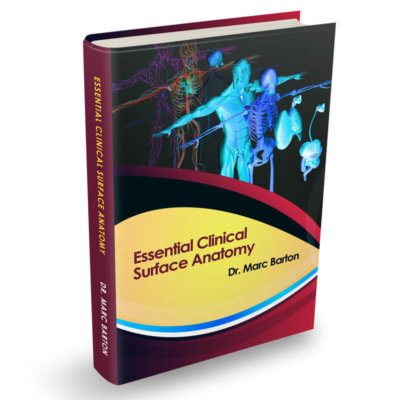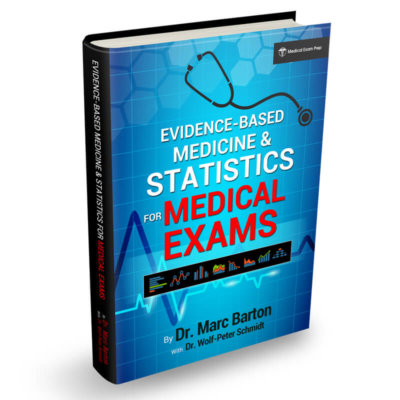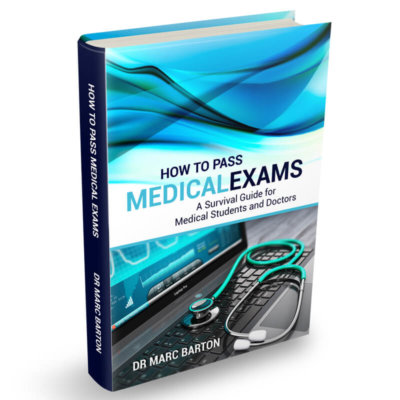Exam Tips

Croup – A Guide for Medical Students and Doctors
Croup, also known as laryngo-tracheo-bronchitis, is a common respiratory condition predominantly affecting young children between 6 months and three years old. It affects approximately 3% of children annually and is most commonly seen between September and December....

Types of Miscarriage
Miscarriage is defined as the loss of a pregnancy before 24 weeks of gestation. It is a common event, affecting up to 20% of all pregnancies. In the majority of cases, no cause for the miscarriage is discovered; it is believed, however, that most first-trimester...

The Scalp
The scalp is the area of the head that is bordered by the face at the front and the neck at the sides and back.The layers of the scalp It is classically described as having five layers with the helpful mnemonic ‘SCALP’: Skin Connective tissue Aponeurosis Loose...

Practice Questions for the MRCEM Intermediate SBA Exam
The MRCEM Intermediate SBA examination is the second part of the MRCEM examination and is sat twice yearly. The MRCEM exam has recently been restructured. Previously, the FRCEM Intermediate exam followed a short answer question (SAQ) format. Following the name change...

Practice Questions for the MRCEM Primary Exam
The MRCEM Primary is a daunting and notoriously difficult prospect and also represents the first step towards achieving a training post in Emergency Medicine and ultimately entering the Specialist Register. The MRCEM Primary examination is sat twice yearly. The paper...

Common Antidotes Used in Toxicology
An antidote is an agent that counteracts the effects of a poison, toxin, or harmful substance on the body. They are specifically designed to neutralise or reverse the toxic effects caused by the substance, mitigating or preventing further harm and promoting...

Confounding, Bias and Effect Modification
Confounding factors A confounding factor is a variable that is associated with both the outcome of interest and the exposure of interest. In this constellation, the exposure of interest appears (spuriously) to be associated with the outcome of interest, while in...

Sialolithiasis
Sialolithiasis is a condition where a calcified stone (sialolith) forms within a salivary gland. The salivary glands The salivary glands are exocrine glands that produce saliva and secrete it into the oral cavity. There are three main salivary glands and...

The Importance of a Good Night’s Sleep
“There is a time for many words, and there is also a time for sleep.” Homer, The Odyssey Pulling an ‘all-nighter’ On several occasions over the years, I have decided to ‘pull an all-nighter’ and stay up to study for an exam the following day. On some occasions, it...

The Descending Tracts
The descending tracts are pathways whereby motor signals travel from the brain to the lower motor neurons to innervate muscles and cause movement. There are no synapses in the descending pathways. All of the neurons in the descending tracts are upper motor neurons,...




